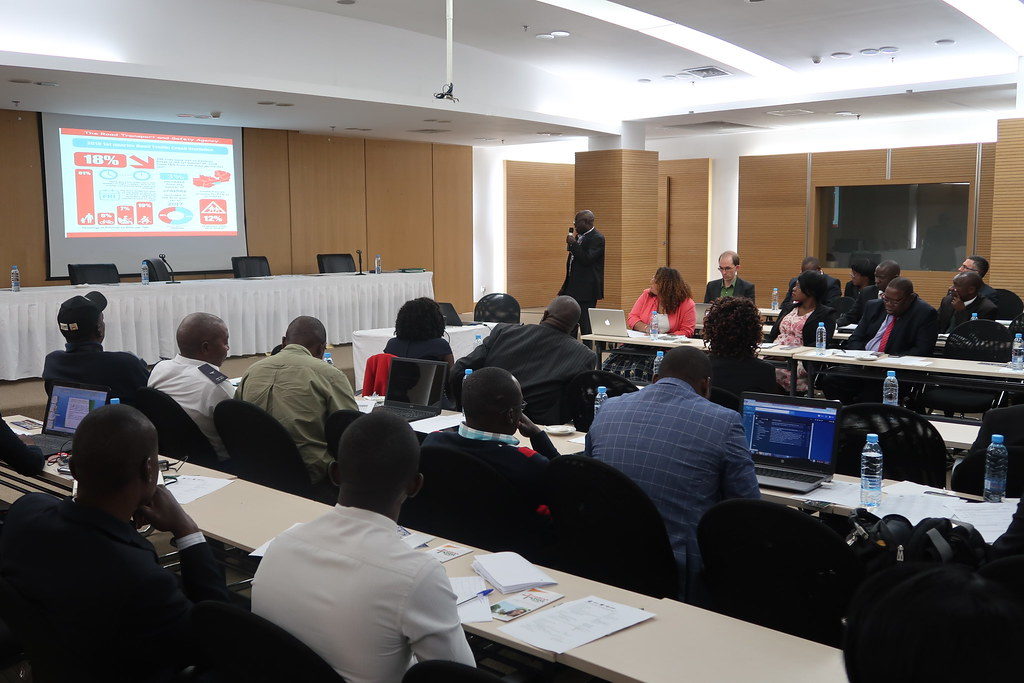Institutional capacity can be defined as the capability of an institution to set and achieve social and economic goals through knowledge, skills, and systems. Increasing institutional capacity can also involve capacity building trainings, study tours and live design exercises. It is important to map out and assess the ability of institutions needed to implement walking and cycling interventions. If there are several institutions responsible for improving walking and cycling, it is ideal to create a multi-disciplinary working group of stakeholder agencies to improve coordination on programs implementation. Possible members would include transport agencies, traffic police, public health departments, departments of parks and recreation, environmental protection agencies, and utility agencies. Defining agency responsibilities is crucial in addressing overlapping and fragmented responsibilities.
The Chennai Non Motorised Transport policy was successfully adopted in 2014 after the metropolitan transport planning body, the Chennai Unified Metropolitan Transport Authority (CUMTA), created a Non-Motorised Transport (NMT) Sub-committee that was headed by the Commissioner of the city government. The Chennai Non-Motorised transport sub-committee included the city government, the state Highways Department, the metro rail authority, the city bus agency, the electricity board, the state-owned telecommunications provider, academic experts, and various civil society organizations. The committee facilitated meetings among various stakeholders in order to discuss plans for the city with a focus on improving the NMT infrastructure.
